Yesterday, author Taylor Pearson tweeted a list of the books that influenced him.
He riffs on how each book had an impact on him, and his age at the time he read it.
It’s interesting to see how some aspects of his perspective changed over time vs. which themes have run consistently through it all. This got me thinking about how the stories we experience affect who we become.
Notably, Pearson’s list is almost entirely comprised of white male authors. I don’t get the impression that this was a conscious choice on his part, as much as that he was actively seeking out well-regarded books on his interests… which are frequently written by white dudes, because most media is an echo chamber by design. (I mentioned this to Pearson in his comments. He then asked for recommendations on female and nonwhite authors, so I suggested a few.)
Pearson’s list also made me wonder how my own thoughts have changed over the years. Which books have influenced me at crucial times in my life? Is my own list of literary influences any more diverse?
So I sat down and made my own list.
If you’re looking for a good book (or a good gift for someone at a certain age), these might help.
10 Books That Greatly Influenced Me
Where the Sidewalk Ends and A Light in the Attic by Shel Silverstein
(Age 6?)
These two classics showed up under my Christmas tree one year. My aunt, who knew I loved to read, wanted to give me something (poetry) that my parents may not have been hip to.
Silverstein’s wordplay served as my introduction to a whole universe of weird language and hallucinogenic imagery. It was also a clear implication that reality and adulthood were bound to be a lot stranger than it seemed.
(ALSO GOOD? The whole series of OZ books by L. Frank Baum. I loved the dark whimsy of the original movie, but exploring the breadth and depth of the extended OZ series reads like a nonstop fever dream.)
House of Hades by Steve Jackson
(Age 10?)
I read a lot of Choose Your Own Adventure-style books when I was a kid. But for me, one series rose above the rest: the Fighting Fantasy Gamebooks, many of which were written by Steve Jackson.
These books were basically role-playing adventures for one person, like a self-guided Dungeons & Dragons game. Readers also needed pencils and dice, because each book’s plot twists involved fights with monsters, feats of strength or skill, and risks where the wrong dice roll would send you in a different narrative direction (or gruesomely end your story).
While there were other books in the series that I liked better, House of Hades was memorable for one big reason: most FFG stories were fantasy adventures, but House of Hades was horror.
The premise is that your car breaks down on a rainy night, so you take refuge in a creepy mansion… that’s home to a maze of goat-murdering Satanic cultists? I think? That’s what I remember, anyway. For sure, this book was one of those “Is this really happening?” moments in my life as a young reader. It probably also contributes to my aversion to horror movies to this day.
Also, a fun fact: I gave a book report on House of Hades in my 5th grade Catholic school English class, which pretty much sums up my childhood in one anecdote.
ALSO GOOD? The sword-and-sorcery themed Wizards, Warriors & You (some of which were written by future Goosebumps legend R. L. Stine), or the intense and scholarly Time Machine books (which you can often find used, although the pristine originals go for a lot of money on the collector’s market).
To Kill a Mockingbird by Harper Lee
(Age 14?)
What can I say about this book that hasn’t already been said by generations of tween readers? But there’s a reason this incisive examination of race, class, and identity has reigned atop summer reading lists for decades: its gut-punch lesson about the inherent unfairness of man-made systems sticks with you for life.
This was the first novel I ever remember reading from cover-to-cover in just three days. It was also the first book whose characters I missed so much when I was done that I wanted more. (Does all this mean TKAM is the original YA fiction?)
The Sea Wolf by Jack London
(Age 15?)
Man, did we read some depressing books in high school.
The same year that I read The Sea Wolf, I also read Steinbeck’s Cannery Row, Shakespeare’s Julius Caesar, and Wilder’s Our Town. Maybe our freshman English teacher was trying to prepare us for the bleak future misery of Twitter?
Of all the required reading I did in high school, The Sea Wolf has stayed with me for a surprisingly long time. Its story of a random guy who gets stuck on a boat under the command of a domineering captain who attempts to break him mentally and physically, and whom he must eventually decide whether or not to show mercy toward, prepared me for life’s never-ending lesson: whatever doesn’t kill you makes you stronger.
Personal Fouls by Peter Golenbock
(Age 15?)
This tell-all tale of Jim Valvano’s hedonistic, rule-violating run as the head coach of North Carolina State men’s basketball — which inexplicably won the 1983 NCAA Tournament on a logic-defying last-second shot that shocked the nation — was my introduction to creative nonfiction. Up to this point, nearly everything I’d ever read was fiction. Suddenly, my eyes were opened to the fact that you could tell a true story that was as gripping as something you made up.
This book taught me two valuable life lessons: each of us is capable of doing both wonderful and terrible things (often simultaneously), and real life is easily stranger than fiction.
One Flew Over the Cuckoo’s Nest by Ken Kesey
(Age 16?)
So here’s a funny story.
In my sophomore honors English class, our teacher assigned us this novel about a rebel who fights against the system until it destroys him. Our teacher was a Whitman-quoting literary rebel himself, who didn’t go in for our school’s pageantry or pack animal mentality when it came to pep rallies and mandatory events. One day, there was an assembly in the auditorium to throw pies at teachers for money. He told our class that anyone who didn’t want to go to the rally didn’t have to. (He, I, and another classmate were the only three who opted out.)
Thanks to our teacher, I remember this book for three reasons.
One, there’s a passage where an old woman is referred to as having dust in her wrinkles. “Dust in her wrinkles,” our teacher said, pausing for effect. “Now that’s good writing.” I believe this is the first time I remember a teacher calling out a turn of phrase not because it was an example of a metaphor or a commentary on society or anything academic, but simply because he wanted us to appreciate its economy and emotion. This was my lightbulb moment that people could be moved not just by a story’s content but by its telling.
Two, I identified with McMurphy, which I’m sure every kid does. School is an institution, and 16 is the perfect age to read about how to rebel against it just enough to be influential without getting yourself lobotomized by the powermongers in the process.
And three, like McMurphy, I also went a bit too far. At the end of my sophomore year, I dropped out of high school. When I made my decision, my English teacher was one of the first people I told. I could see on his face that he thought I was making a big mistake. He tried to talk me out of it, but I told him that Cuckoo’s Nest had given me the inspiration to reject the system and go my own way.
I wonder if he still taught that book to future classes.
Watchmen by Alan Moore and Dave Gibbons
(Age 17?)
For all the comics I read while I was growing up — and I collected hundreds — I had never read Watchmen. I was probably too young for it when it first came out as a miniseries, but I remembered all the buzz surrounding it. So when I was spotted the graphic novel on a shelf at Barnes & Noble, I (or more likely my dad) bought it to read on a cross-country drive.
Here’s the thing no one tells you about Watchmen before you read it: sure, it’ll change the way you see comics, but it’ll also change the way you think about how information is presented in every story you read for the rest of your life.
Watchmen goes beyond the question of “who knows what” or “who’s lying” or “is there any such thing as objective truth?” It rewired how my adolescent brain processed story components like plot structure, point of view, and metatextual narrative. The stories you wanted to read (or tell) before Watchmen are not the same as the ones you want to tell after because you didn’t know those kinds of stories were possible.
As a double-whammy of narrative deconstruction, I read Watchmen in 1994, which is the same year that Pulp Fiction hit theaters. (I saw it three times, and I wrote about why it works so well here.)
In retrospect, I’m pretty sure that consuming both of these masterpieces in the same year had an ironic effect on me: it raised my own personal bar of what a story can be to such high levels that I’ve never trusted myself to reach them on my own. (Maybe that’s why I haven’t even attempted to create anything of my own in 6 years?)
The Screenwriter’s Problem Solver by Syd Field
(Age 19?)
There are many screenwriting books that explain the basics of how to write a screenplay. There are also other books out there that are better than this one. (Hell, some of them are by Syd Field.)
But The Screenwriter’s Problem Solver makes my list for two reasons.
From a functional standpoint, it’s the first book I read that dissected screenplays as if they were problems that could be solved. Not only does it dare to question the artistic or narrative choices that filmmakers had made, but it logically explores whether the writers could have made better and more effective decisions.
(To me, this book is the precursor of half the film video essay channels on YouTube, where armchair analysts decipher what went wrong at the structural level in movies that should have done better.)
But this is also the first book about screenwriting that made me think, “Man, I’d really like to do this myself.” And that’s because it doesn’t just present a script as a work of art or as a formula to be memorized. It presents the act of screenwriting as a storytelling puzzle that can be solved, and that got my gears turning on both sides of my brain.
(ALSO GOOD? Story by Robert McKee. It’s a little blunt and angry, but it hammers home the critical importance of character — a point that many formula-dependent screenwriting guides overlook.)
Easy Riders, Raging Bulls by Peter Biskind
(Age 22)
This chronicle of 1970s Hollywood and its drug-and-sex-fueled, high-wire, genre-busting, career-making, game-changing impact on global culture is the book that made me want to make movies.
I was 22. I had just graduated from college, moved across the country, and was living in a studio apartment in Phoenix, Arizona. I didn’t know anyone, I didn’t have a job yet, and I only had enough money to rent VHS tapes at the video store across the street on 2-for-1 Tuesdays.
I was not, in any way, crushing it.
This book (which I borrowed from the public library, and which I devoured chapter by chapter as a reward while I was writing my very first [terrible] screenplay) was my film school. It taught me not just how the movies got made, but how all the ego and power struggles keep Hollywood moving, churning, and forever evolving into something newer, better, and more flawed, all at the same time.
(ALSO GOOD? Mary and Lou and Rhoda and Ted by Jennifer Keishin Armstrong. It’s a breezy recap of how The Mary Tyler Moore Show was made, and of the social and political climate that made the show’s gender-redefining dynamic so significant.)
Invisible Cities by Italo Calvino
(Age 32?)
This was the first time I realized a book could be about absolutely nothing and absolutely everything at the same time.
Invisible Cities is one of those books that, for me, is a benchmark that you can’t go backwards from. Once you’ve read it, you can’t unread it. You can’t unlearn what you take away from it. You also can’t take any other story at face value, either.
If Watchmen teaches you to distrust the narrative, Invisible Cities teaches you not only to distrust the act of communication itself, but to simultaneously fall in love with that lie. Because, in a way, the lie is all we have, and every lie works differently for every listener.
I’d say more but it wouldn’t make anything any clearer. Just go read it.
Side note: I didn’t pick this book. It wasn’t even mine. My girlfriend at the time had applied for a job as the personal assistant to a slightly unhinged philanthropist, and during her job interview he asked her if she’d ever read Invisible Cities. When she said no, he told her she had to, and he sent her home with a copy. She tried reading it, absolutely loathed it, and it languished on our bookshelf for a few years before I finally picked it up. (She didn’t take that job.)
The House of the Spirits by Isabel Allende
(Age 38)
Allende’s magical realism-inflected tale of four generations of a South American family is something I never would have read on my own. But I saw it left on a stoop in a pile of books that a neighbor was getting rid of, so I picked it up on a whim. It turned out to be one of the best-written books I’ve ever read, setting a new bar for what I expect from fiction and language.
It’s also an example of what happens when you consciously endeavor to expand the variety of your inputs.
See, a few years ago, I noticed that my own bookshelf was almost entirely comprised of white male authors. I started wondering what I wasn’t seeing by not reading more books from other perspectives.
So I started a new four-pronged habit:
- I try to read an equal number of male and female authors each year.
- I try to read an equal number of white and nonwhite authors each year.
- I try to read an equal number of fiction and nonfiction books each year.
- For every two books I read, I’m allowed to buy a new one. (This helps me work through my pile of “books I keep saying I’ll get around to reading someday.”)
It’s not a perfect system, but it does force me to read things I might not seek out otherwise. It’s also resulted in some of my favorite recent finds.
And it’s helping me sloooooowly chip away at all those unopened books that have been on my shelf for years, waiting for their own chance to surprise me and change the way I see the world, one dusty wrinkle at a time.
What About You?
If you make your own list of books that influenced you, let me know in the comments or ping me on Twitter. I’d love to hear which books have had lasting effects on your life, and why.
If You Liked This Post
… you may also enjoy this post about why Game of Thrones and The Walking Dead are basically telling the exact same story, or this post about why the demographics of our storytelling matters.
What Game of Thrones and The Walking Dead Can Teach Us About Modern Storytelling
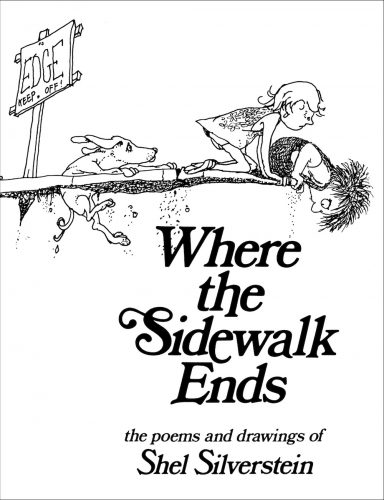
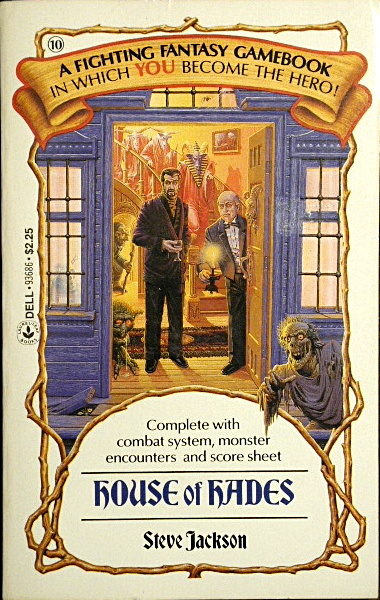
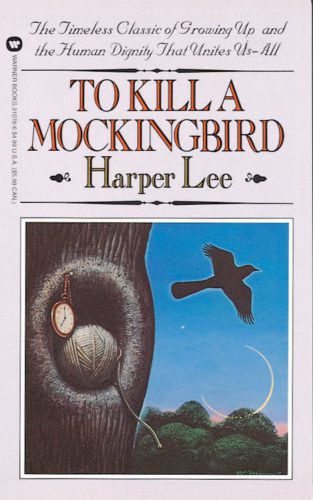
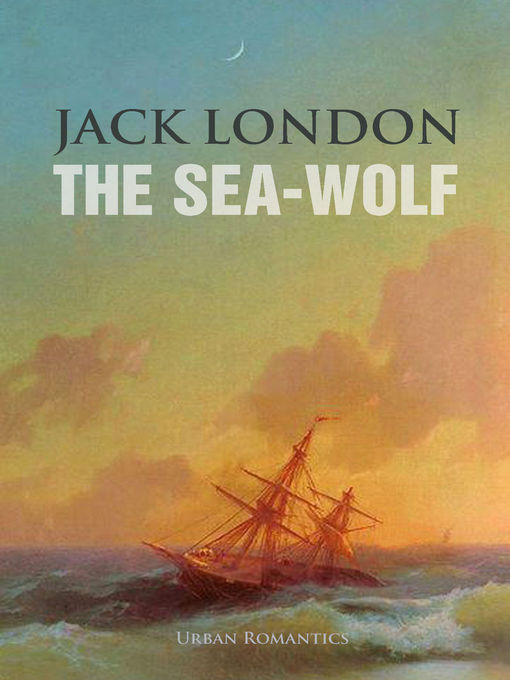
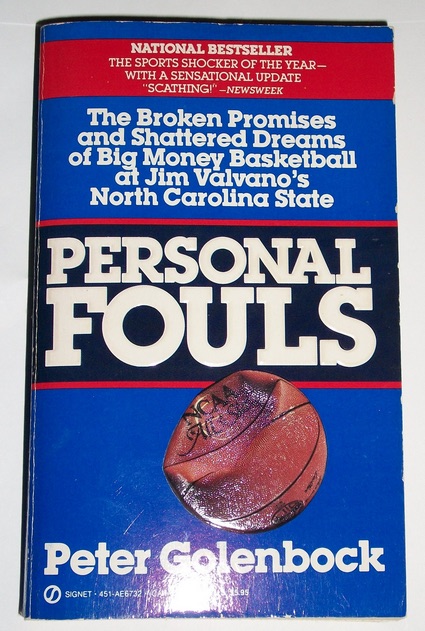
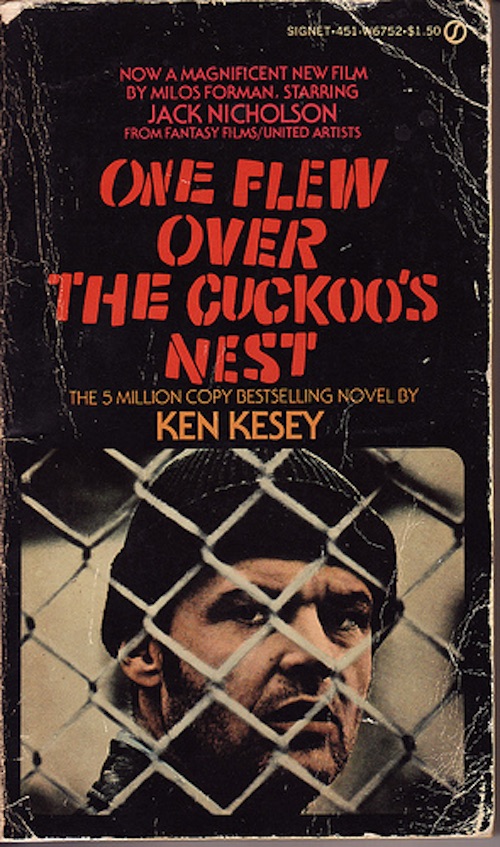
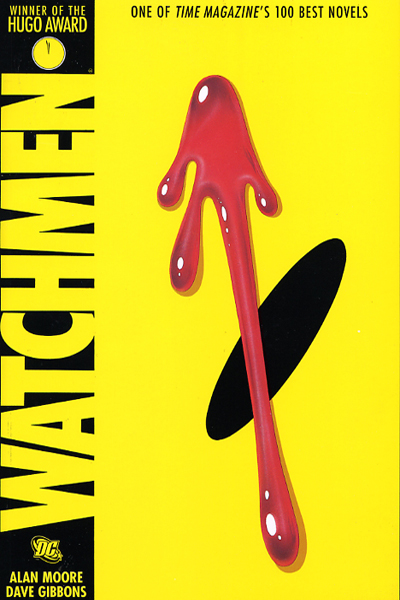
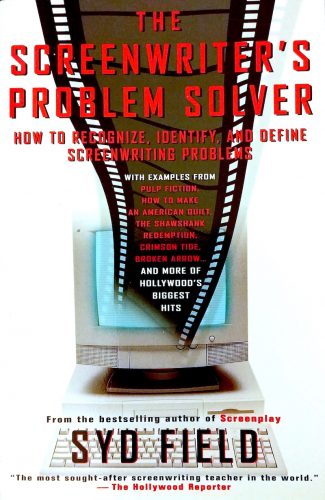
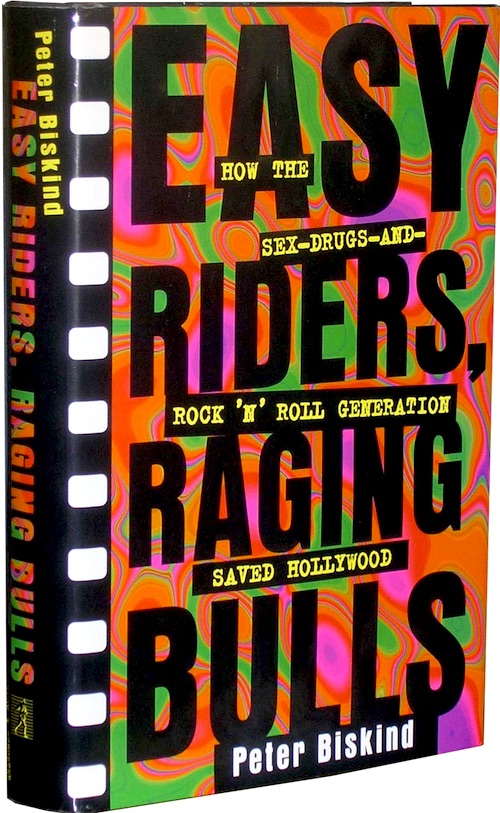
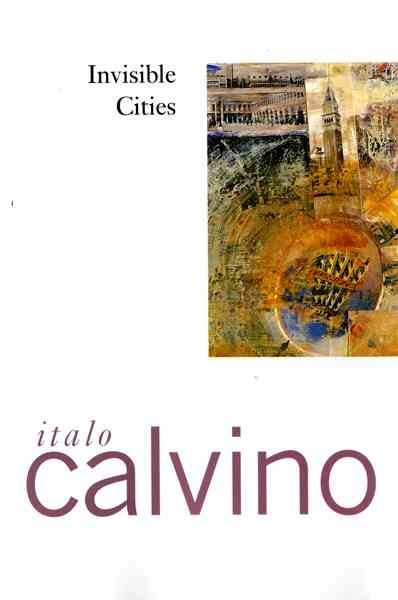
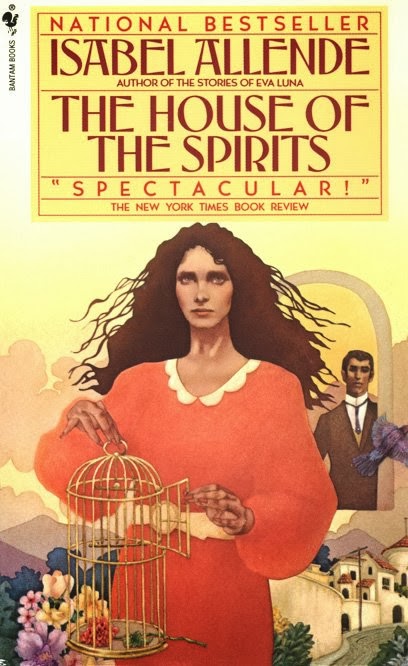
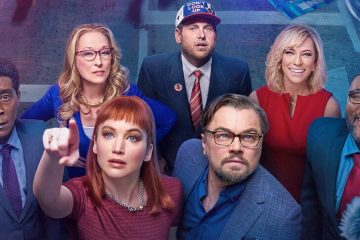
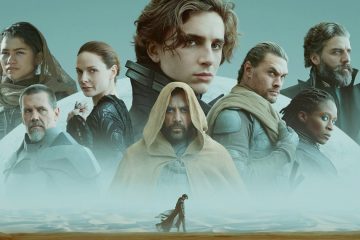
0 Comments